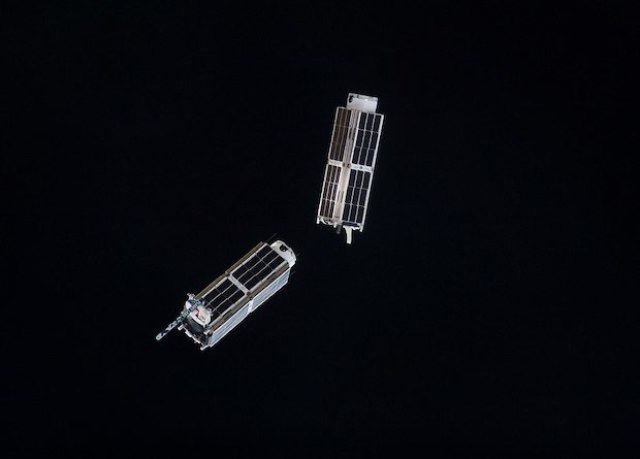The US Missile Defense Agency launched two cubesats into low-Earth orbit to test the communication architecture of a group of promising HBTSS hypersonic missile detection satellites on them. According to the US Department of Defense, the demonstration will last 90 days, but the mission can be extended up to a year.
The US has an early warning system for missile launches, but it mainly consists of SBIRS infrared and optical detection satellites. They are in geostationary orbit and do not know how to identify and track highly maneuverable hypersonic vehicles.
Therefore, the US military launched the HBTSS project (Hypersonic and Ballistic Tracking Space Sensor, a spacecraft for detecting hypersonic and ballistic targets). It involves the creation of a grouping of several dozen satellites in low Earth orbit. The contract for the development of their prototype prototypes was awarded to L3Harris, Northrop Grumman, Leidos and Raytheon. The HBTSS satellites will have to interact with each other, as well as transmit information to command centers and interceptors.
The Missile Defense Agency launched two cubesats into low orbit on June 30. The military is going to test the communication architecture of a group of promising HBTSS hypersonic missile detection satellites on them. The demonstration will last 90 days, but the mission can be extended up to a year. The Missile Defense Agency believes that small satellites will help to demonstrate the viability of communication technologies developed for HBTSS cheaply and quickly.
To observe the launches of hypersonic missiles, the US military is considering placing satellites not only in low Earth orbit, but also in medium orbit. Earlier, we wrote that the US space forces plan to receive digital models of such satellites from Raytheon and Millennium Space Systems by the end of 2022.
Vasilisa Chernyavtseva

